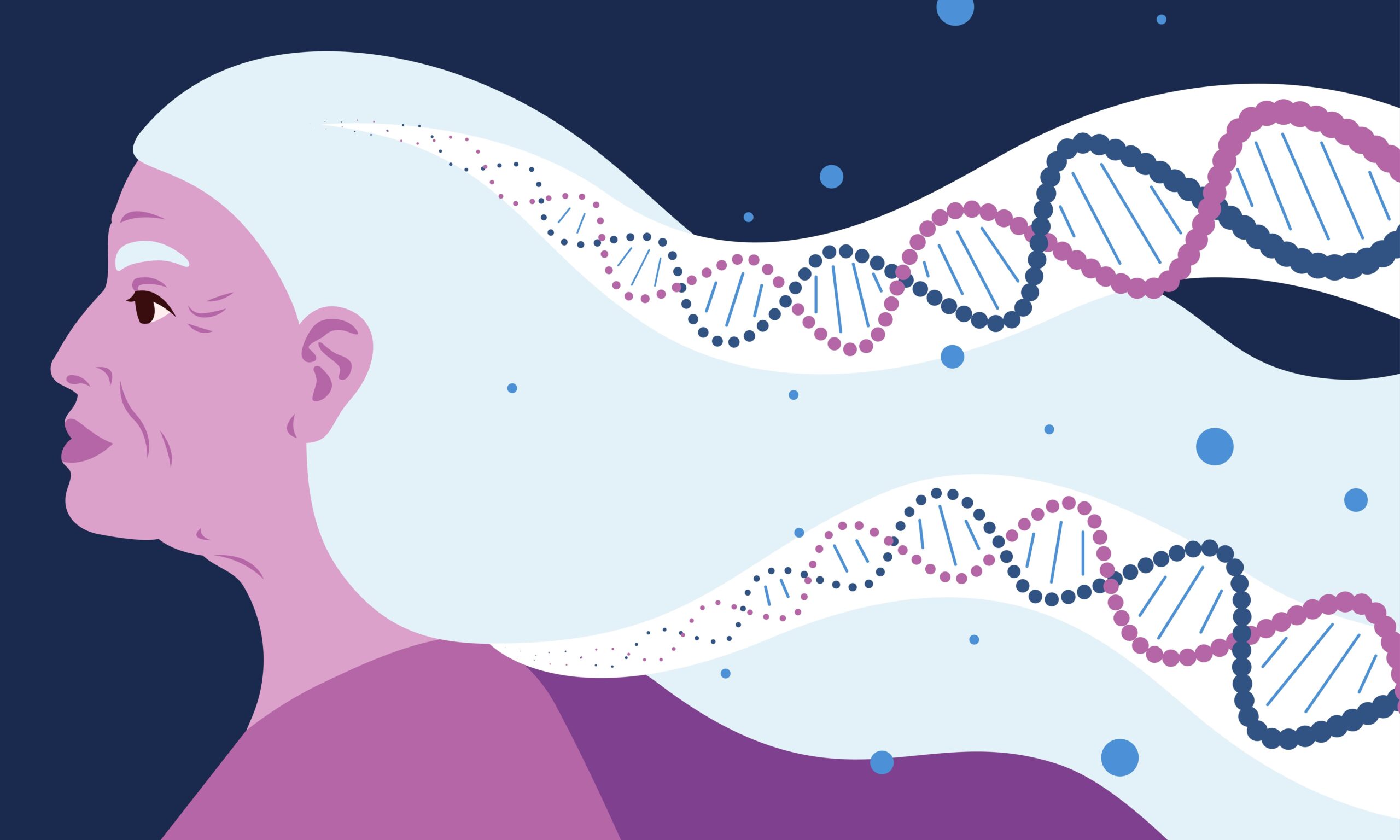About us
Learn how GA4GH helps expand responsible genomic data use to benefit human health.
Learn how GA4GH helps expand responsible genomic data use to benefit human health.
Our Strategic Road Map defines strategies, standards, and policy frameworks to support responsible global use of genomic and related health data.
Discover how a meeting of 50 leaders in genomics and medicine led to an alliance uniting more than 5,000 individuals and organisations to benefit human health.
GA4GH Inc. is a not-for-profit organisation that supports the global GA4GH community.
The GA4GH Council, consisting of the Executive Committee, Strategic Leadership Committee, and Product Steering Committee, guides our collaborative, globe-spanning alliance.
The Funders Forum brings together organisations that offer both financial support and strategic guidance.
The EDI Advisory Group responds to issues raised in the GA4GH community, finding equitable, inclusive ways to build products that benefit diverse groups.
Distributed across a number of Host Institutions, our staff team supports the mission and operations of GA4GH.
Curious who we are? Meet the people and organisations across six continents who make up GA4GH.
More than 500 organisations connected to genomics — in healthcare, research, patient advocacy, industry, and beyond — have signed onto the mission and vision of GA4GH as Organisational Members.
These core Organisational Members are genomic data initiatives that have committed resources to guide GA4GH work and pilot our products.
This subset of Organisational Members whose networks or infrastructure align with GA4GH priorities has made a long-term commitment to engaging with our community.
Local and national organisations assign experts to spend at least 30% of their time building GA4GH products.
Anyone working in genomics and related fields is invited to participate in our inclusive community by creating and using new products.
Wondering what GA4GH does? Learn how we find and overcome challenges to expanding responsible genomic data use for the benefit of human health.
Study Groups define needs. Participants survey the landscape of the genomics and health community and determine whether GA4GH can help.
Work Streams create products. Community members join together to develop technical standards, policy frameworks, and policy tools that overcome hurdles to international genomic data use.
GIF solves problems. Organisations in the forum pilot GA4GH products in real-world situations. Along the way, they troubleshoot products, suggest updates, and flag additional needs.
GIF Projects are community-led initiatives that put GA4GH products into practice in real-world scenarios.
The GIF AMA programme produces events and resources to address implementation questions and challenges.
NIF finds challenges and opportunities in genomics at a global scale. National programmes meet to share best practices, avoid incompatabilities, and help translate genomics into benefits for human health.
Communities of Interest find challenges and opportunities in areas such as rare disease, cancer, and infectious disease. Participants pinpoint real-world problems that would benefit from broad data use.
The Technical Alignment Subcommittee (TASC) supports harmonisation, interoperability, and technical alignment across GA4GH products.
Find out what’s happening with up to the minute meeting schedules for the GA4GH community.
See all our products — always free and open-source. Do you work on cloud genomics, data discovery, user access, data security or regulatory policy and ethics? Need to represent genomic, phenotypic, or clinical data? We’ve got a solution for you.
All GA4GH standards, frameworks, and tools follow the Product Development and Approval Process before being officially adopted.
Learn how other organisations have implemented GA4GH products to solve real-world problems.
Help us transform the future of genomic data use! See how GA4GH can benefit you — whether you’re using our products, writing our standards, subscribing to a newsletter, or more.
Join our community! Explore opportunities to participate in or lead GA4GH activities.
Help create new global standards and frameworks for responsible genomic data use.
Align your organisation with the GA4GH mission and vision.
Want to advance both your career and responsible genomic data sharing at the same time? See our open leadership opportunities.
Join our international team and help us advance genomic data use for the benefit of human health.
Discover current opportunities to engage with GA4GH. Share feedback on our products, apply for volunteer leadership roles, and contribute your expertise to shape the future of genomic data sharing.
Solve real problems by aligning your organisation with the world’s genomics standards. We offer software dvelopers both customisable and out-of-the-box solutions to help you get started.
Learn more about upcoming GA4GH events. See reports and recordings from our past events.
Speak directly to the global genomics and health community while supporting GA4GH strategy.
Be the first to hear about the latest GA4GH products, upcoming meetings, new initiatives, and more.
Questions? We would love to hear from you.
Read news, stories, and insights from the forefront of genomic and clinical data use.
Publishes regular briefs exploring laws and regulations, including data protection laws, that impact genomic and related health data sharing
Translates findings from studies on public attitudes towards genomic data sharing into short blog posts, with a particular focus on policy implications
Attend an upcoming GA4GH event, or view meeting reports from past events.
See new projects, updates, and calls for support from the Work Streams.
Read academic papers coauthored by GA4GH contributors.
Listen to our podcast OmicsXchange, featuring discussions from leaders in the world of genomics, health, and data sharing.
Check out our videos, then subscribe to our YouTube channel for more content.
View the latest GA4GH updates, Genomics and Health News, Implementation Notes, GDPR Briefs, and more.
30 Oct 2025
Australia does not have a national genomic repository as yet. This project investigated the safeguards that could be put in place to maximise trust in, and willingness to donate to, a hypothetical national repository.

By Dr Brad Elphinstone (belphinstone@swin.edu.au), Department of Psychological Sciences, Swinburne University of Technology
This article is in memory of Prof Christine Critchley who was awarded the grant that funded this project, shortly before her sudden passing in 2020.
Research shows that people are much less willing to donate their genomic data and are less trusting of genomic research and repositories when there is a possibility that commercial organisations may gain access to data (https://journals.sagepub.com/doi/full/10.1177/09636625241230864). This reticence to share stems from concerns about genetic discrimination from employers or insurers and that companies may unfairly profit from donated genomic data. However, some level of commercial involvement may be unavoidable due to the costs of running genomic repositories, conducting research, and bringing new products or treatments to market. Australia does not currently have a national genomic biobank. Our project (funded by an Australian Government Medical Research Future Fund grant) aimed to identify legal safeguards that may contribute to Australians’ willingness to donate to a national repository even when commercial involvement is a possibility.
The first of three studies planned as part of this project began with a national representative survey of 1000 Australians statistically classified into four groups (https://journals.sagepub.com/doi/full/10.1177/09636625241286369):
Our second and third studies (https://doi.org/10.3389/fpubh.2024.1508261) involved interviews with 39 participants from these groups. Chief concerns from interviewees in the “Supportive” and “Highly Supportive” groups were genetic discrimination and corporate profit seeking, corroborating earlier work. However, respondents understood the necessity for pharmaceutical companies to remain profitable.
Interviewees widely supported the need for a Data Access Committee (DAC) comprising internal and external experts to determine who could access the data. Interviewees also supported the implementation of penalties, such as large fines or imprisonment for misusing repository data (e.g. by seeking to reidentify donors or on-selling data). It was clear that data must remain confidential and used only for ethical human health research.
In the third study, we tested whether the implementation of certain governance mechanisms and legal safeguards would enhance trust and willingness to donate. Based on what had received widespread support, we proposed that an Australian genomic repository would allow donors to withdraw their data at any time and that a DAC would ensure that donated data is only used for ethical human health research. We randomly presented respondents with different options for other governance mechanisms. For example, an entity that misuses the data could be sued by individual donors, be banned from future data access, face financial penalties, or criminal prosecution.
Surprisingly, these tested governance mechanisms did not statistically significantly contribute to greater trust nor willingness to donate. This was despite interviewees in the second study highlighting that penalties such as these would be vital. We suspect that the two baseline conditions (i.e. being able to withdraw data and the use of a DAC) were enough to provide confidence in the repository.
Our findings suggest that while some Australians will remain opposed to a national genomic repository, most Australians will be willing to donate despite reservations about genetic discrimination and unfair profiteering. Importantly, addressing these concerns may not require new legislation as the implementation of appropriate operating conditions (e.g. using a DAC) may be sufficient. While penalties for data misuse will still be required, our study findings suggest that additional forms of governance may not further enhance trust or donation willingness beyond what can be achieved with appropriate operating conditions.
We also note that the samples used in this research predominantly comprised White Australians. While the sample aligned with census data, it cannot be inferred that First Nations Australians and those from diverse communities would, for example, have the same level of trust in a DAC. Future research is required to better understand the views of these groups.
In line with international findings, our project indicated that the prospect of commercial involvement undermined willingness to donate to a hypothetical Australian national genomic repository. However, if there are sufficient conditions in place to provide confidence that donated data will be used appropriately, an Australian national genomic repository that allows commercial access is feasible.

